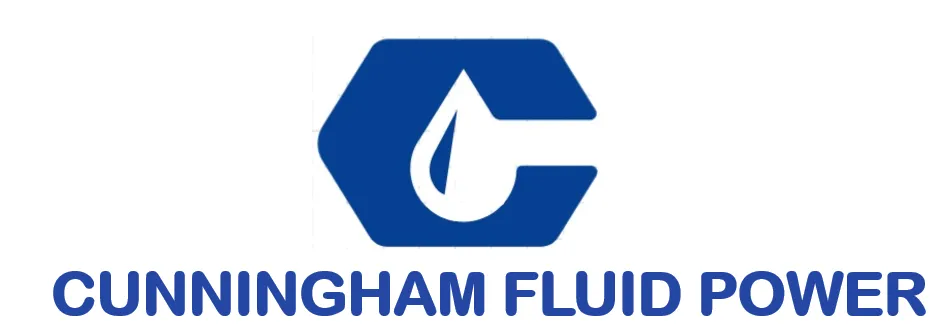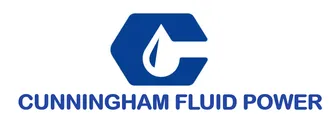Optimizing Pump Repair Practices to Meet Global Industry Standards
In today’s industrial landscape, the demand for efficient and reliable pump systems is more critical than ever, with the global pump market projected to reach $71.32 billion by 2025, according to a report by Research and Markets. As pump systems become integral to a myriad of industries, from oil and gas to water treatment and manufacturing, the importance of effective Pump Repair practices cannot be overstated. Ensuring that pumps are maintained and repaired to meet stringent global industry standards not only minimizes downtime but also enhances operational efficiency, thereby contributing to overall business profitability.
Moreover, a recent study by the Hydraulic Institute revealed that improper maintenance and delayed repair services can lead to increased energy consumption, costing industries up to 30% more on operational expenses. This highlights the necessity for organizations to optimize their Pump Repair practices to align with international benchmarks. By adopting best practices for maintenance and repair, companies can significantly extend the life cycle of their piping assets, reduce environmental impact, and remain competitive in a rapidly evolving market.
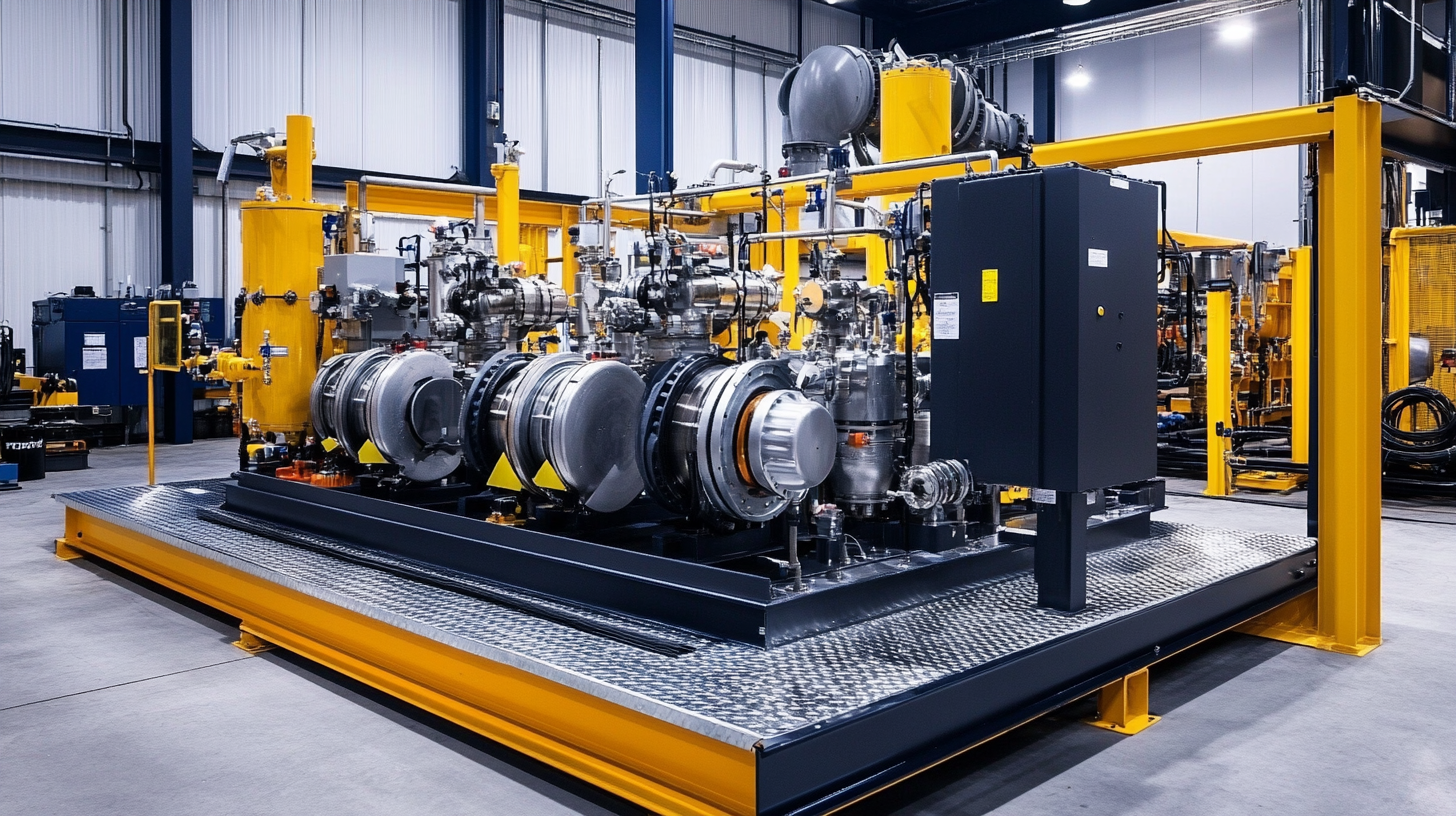
Key Principles for Effective Pump Repair and Maintenance
Effective pump repair and maintenance are critical for ensuring operational efficiency and longevity in various industries. One key principle is the implementation of a systematic approach to maintenance. This involves regular inspections, identifying wear and tear early, and scheduling timely repairs. By adhering to a structured maintenance schedule, companies can significantly reduce unexpected downtimes and extend the lifespan of their pumps, hence optimizing performance. Another vital aspect of effective pump repair practices is staff training and skill enhancement. Technicians must be well-versed in the latest technologies and repair techniques to ensure the best results. Investing in comprehensive training programs enables staff to diagnose issues swiftly and apply appropriate solutions, minimizing errors and maximizing efficiency. Continuous education, coupled with hands-on experience, empowers technicians to adhere to global industry standards. Additionally, utilizing high-quality replacement parts is crucial in maintaining pump integrity. Substandard components can lead to recurring problems and increased maintenance costs. By sourcing parts that meet international standards, businesses can achieve better reliability and performance. This focus on quality, combined with a proactive maintenance strategy and skilled personnel, sets the groundwork for optimizing pump repair practices in alignment with global industry standards.
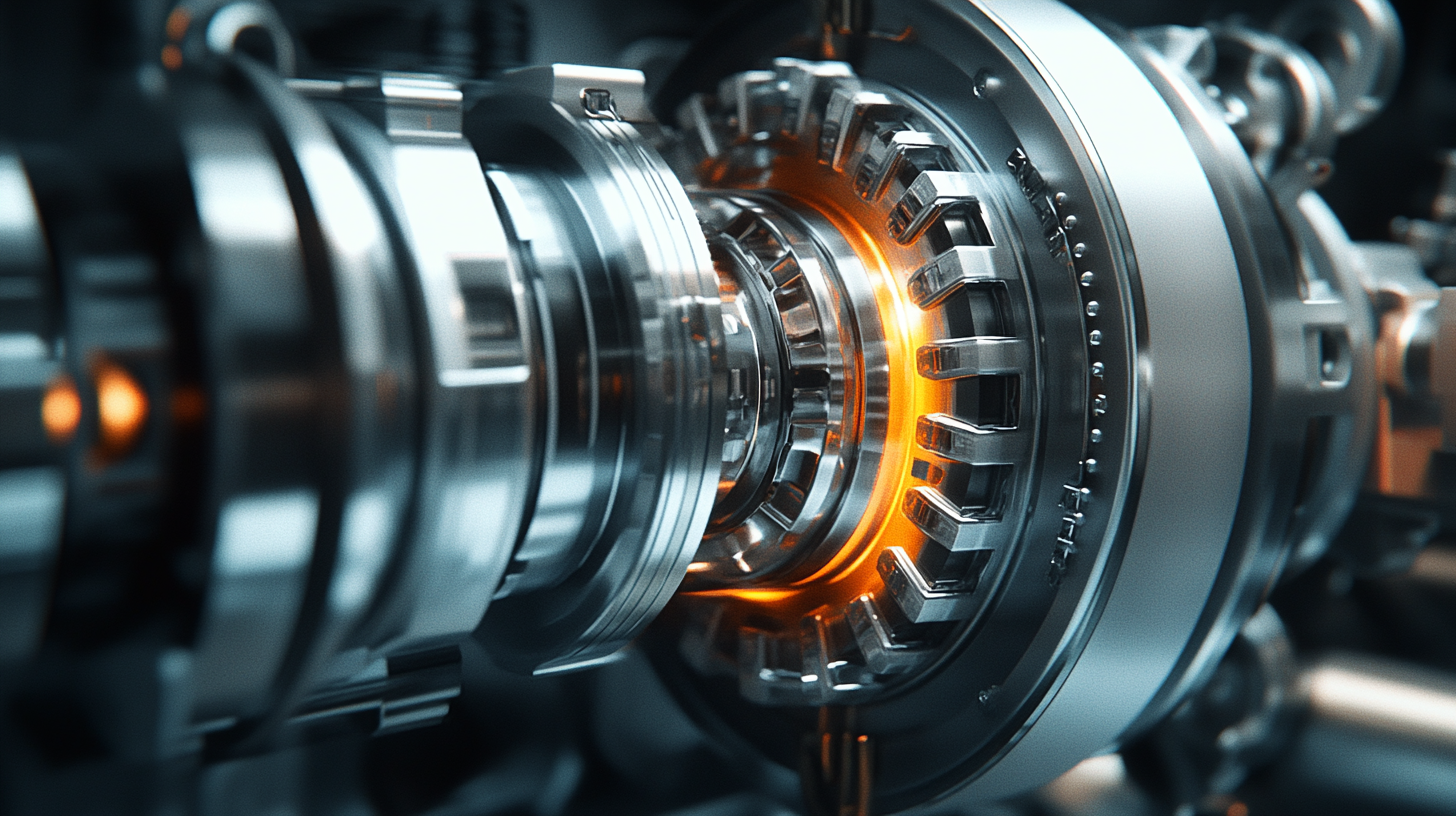
Understanding Global Industry Standards for Pump Repairs
In the realm of pump repair, adherence to global industry standards is crucial for ensuring safety, efficiency, and longevity of equipment. Organizations such as the International Organization for Standardization (ISO) and the American National Standards Institute (ANSI) provide comprehensive guidelines that help establish a baseline for repair practices. Studies have shown that companies complying with these standards can reduce maintenance costs by 15-30%, while also extending the operational lifespan of their equipment by up to 40% (Source: NACE International).
One key aspect of these standards is the emphasis on risk management and quality control. According to a report by the Hydraulic Institute, integrating thorough inspection and testing protocols post-repair not only ensures compliance but also enhances the reliability of pumps in operation. Utilizing internationally recognized repair techniques minimizes the likelihood of catastrophic failures, which can result in costly downtime and substantial safety risks. In fact, it is estimated that unplanned outages can cost organizations upwards of $1 million per incident (Source: The Reliability Center).
Furthermore, the implementation of digital technologies in repair practices plays a significant role in meeting these standards. The adoption of predictive maintenance tools and data analytics allows businesses to monitor pump performance continuously and identify potential issues before they escalate. According to a McKinsey report, organizations that leverage digital solutions can achieve a 20% increase in maintenance efficiency, translating into significant cost reductions and improved compliance with industry standards.
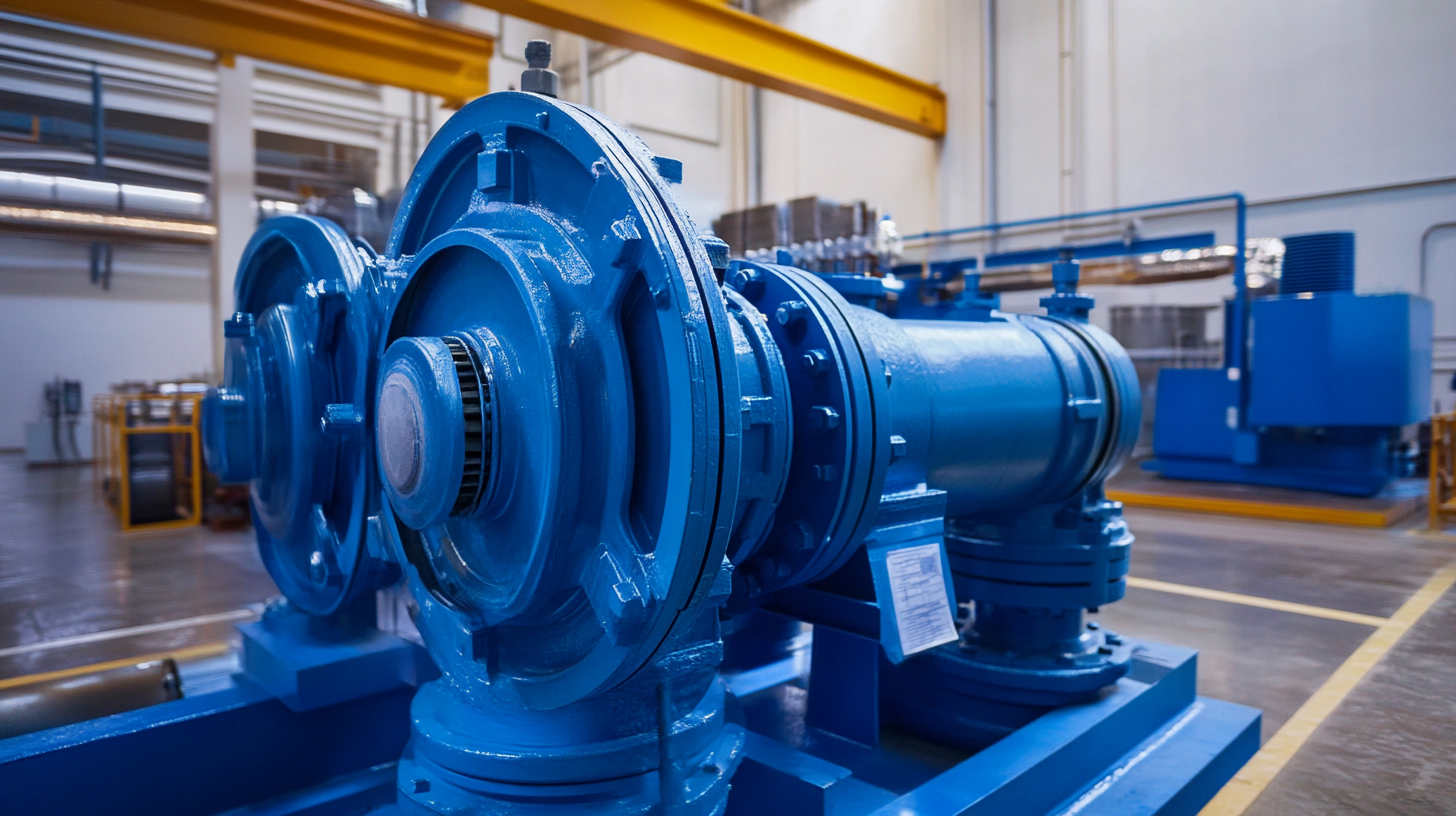
Innovative Technologies Enhancing Pump Repair Efficiency
Innovative technologies are revolutionizing pump repair practices, enhancing efficiency and aligning them with global industry standards. The recent advancements in automated systems and data analytics have made it possible to monitor pump performance in real time, allowing for predictive maintenance and timely interventions. This shift towards technology-driven solutions not only minimizes downtime but also significantly reduces operational costs associated with repairs and maintenance.
For instance, the implementation of dual-head pumping systems in China's oil fields has led to remarkable improvements in energy efficiency, with reported savings of up to 69.1% in daily power consumption. Such innovations illustrate the potential benefits of adopting modern equipment and methodologies in pumping operations. Similar trends are being seen across various sectors, including nuclear power, where technology is paving the way for improved maintenance practices, enhancing the reliability and safety of critical infrastructure.
As the pump market continues to expand, with projections indicating substantial growth in the coming years, the integration of cutting-edge technologies will be paramount. The focus will increasingly shift towards sustainable practices and compliance with stringent efficiency and emission regulations. By leveraging innovative repair technologies, industries can not only enhance their operational performance but also contribute to a more sustainable future in line with global standards.

Best Practices for Training Personnel in Pump Repair Techniques
In the realm of pump repair, training personnel in advanced techniques is essential to align with global industry standards. The recent successes observed in the maritime sector, notably the completion of repairs on the ice-class LNG vessel "Marguerite," highlight how rigorous staff training can enhance repair practices. Over a period of 26 days, the team demonstrated exceptional skill and commitment, ensuring that complex repairs were executed efficiently. Such achievements underscore the importance of investing in human resources for fostering a robust repair culture.
Emphasizing hands-on training methodologies can significantly boost workforce capabilities. Initiatives like the "Talent Empowerment Initiative" implemented by local companies focus on practical learning experiences, which help personnel transition from theory to real-world applications. By engaging employees in regular maintenance projects and preventive repairs, organizations can create a knowledgeable workforce that is adept at addressing diverse challenges in pump repair contexts.
Furthermore, a strong foundation in training will not only elevate operational standards but also enhance safety and efficiency in repair practices. Building such competency is crucial for supporting high-quality operations, particularly as industries increasingly demand higher standards and technical proficiency in response to global competition. Investing in personnel training becomes a strategic imperative for companies aiming to excel in their respective sectors.
Case Studies: Successful Pump Repair Implementations Across Industries
In various industries, the need for efficient pump repair practices has become increasingly vital. Several case studies illustrate successful implementations that not only enhanced operational efficiency but also adhered to global industry standards. For instance, in the oil and gas sector, a leading company revamped its pump repair protocols by integrating predictive maintenance technologies. This approach significantly reduced downtime, allowing for real-time monitoring and more informed decision-making during repair processes.
Another compelling example can be found in the water treatment industry, where a municipality faced frequent pump failures that led to service interruptions. By adopting a comprehensive training program for maintenance personnel and utilizing advanced diagnostic tools, the municipality achieved a remarkable reduction in failure rates. This proactive strategy not only met regulatory standards but also improved the quality of service delivered to the community, demonstrating the substantial benefits of optimizing repair practices in critical infrastructure.
The manufacturing sector has also seen impressive results from optimized pump repair strategies. A prominent manufacturer implemented a standardized repair process across its facilities, ensuring consistency and quality control. Through detailed analysis of previous failures and targeted employee training, the company was able to decrease repair times by 30%, enhancing overall productivity while minimizing costs. This case reinforces the notion that aligning pump repair practices with global standards can yield significant operational advantages across diverse industries.
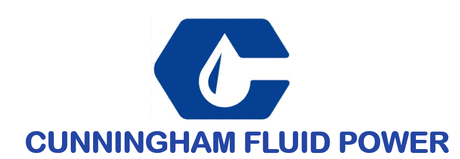
We have over 30 years of experience in designing complete hydraulic systems, repairs and distribution of fluid power equipment and parts.
FOLLOW US ON :
Contact Details
Address:
4020 SE 45th CT.
Ocala, FL 34480
Phone No:
Email:
sales@cunninghamfluidpower.com
